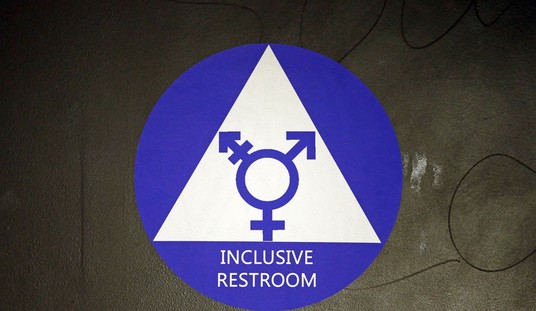Danish sailors and guests aboard the Sailing Vessel ING were captured by Somalian pirates when their boat was taken on Thursday, February 24th as they sailed in the Indian Ocean about five hundred miles off the coast of Somalia en route to the Suez Canal, the Mediterranean and thence Europe. Three of their children (aged twelve to sixteen) were aboard. Associates of the pirates have apparently claimed that any rescue attempt will result in their deaths, as it recently did for four adult sailors from the United States. That claim cannot be taken lightly.
The Danish cruisers now held captive were experienced sailors and knew of earlier attacks.
Just days before the hijacking, the family wrote on a travel blog that it was in daily contact with anti-piracy forces and had prepared a “piracy plan” in case of an attack.
Blog postings chronicling the family’s round-the-world journey showed it entered the area well aware that the American yacht had been hijacked by pirates but comforted by the presence of counter-piracy forces.
“Of course, we talked quite a lot about it but this is far over thousands of kilometers (miles) away and the Arabian Sea that we sail in is the size of Europe,” the family said a Feb. 20 posting on ING jordenrundt.info. ING is the name of their boat.
Two days later, that standoff ended with four Americans being killed by their Somali captors.
There are dangers as well as pleasures in blue water sailing and a few of the former are due to the perversity of humans. Even in the Caribbean, where my wife and I lived and cruised on our sailboat for about six years, there were some dangers and being attentive to them usually meant avoiding places where they had recently occurred. A daily shortwave radio net covering most of the Caribbean, sometimes referred to as the “Paranoia Net,” provides such information. At least in the Caribbean, piracy is quite rare and isolated. There is about as much freedom of the seas there as one could reasonably expect.
On large commercial vessels preparing to steam into harm’s way, there are a number of options for thwarting pirate attacks. Some of them involve hiring competent security personnel in sufficient numbers to shoot and kill pirates. Most cruising sailors I have met don’t have the requisite firearms expertise (we did not) and even those who do would presumably be very reluctant to fire at multiple armed pirates when there are children on board their own vessels and their lives would be put at serious immediate risk.
There are two basic routes for ocean circumnavigations but there is great flexibility. One basic route involves transiting both the Panama and Suez Canals and therefore passing very close to Somalia. That has probably been the most common. However, it is possible to transit the Panama Canal as part of a circumnavigation without also transiting the Suez Canal. The other principal route involves going around the tips of both South America and Africa. Not transiting the canals probably means, but need not, skipping the Mediterranean Sea; a lengthy delay in completing a circumnavigation would be involved in such a side trip. The southern route can itself be problematical due to adverse and sometimes severe weather conditions and significant time in port waiting for weather may be needed. Still, with modern communications and pretty good short and intermediate term weather forecasts, it can be done in relative safety by those who have any business trying.
Until the United States and other nations reliant on ocean commerce in the waters within hundreds of miles of the Somalian coast find and implement effective ways to ensure reasonable freedom of the seas, cruising sailors should not venture there. That there may be no satisfactory excuse for not ensuring freedom of the seas is not a satisfactory reason for going there, nor is it any excuse at all for taking children.









Join the conversation as a VIP Member